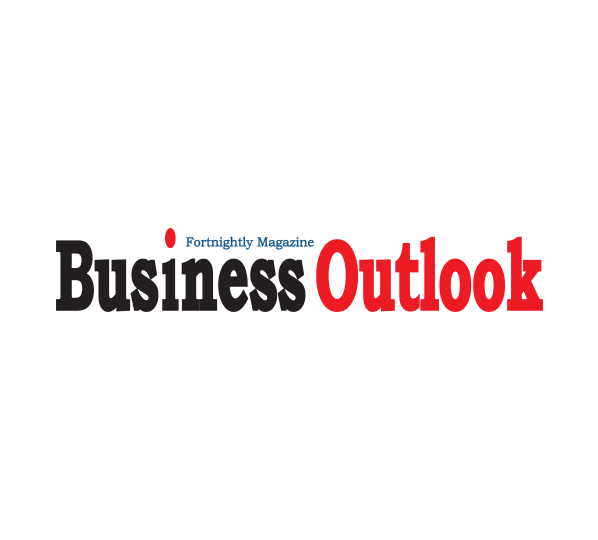The government has decided to use the country’s ballooning foreign exchange reserves to implement development projects.
“The government is carrying out a study to select the probable projects where forex reserves will be invested,” Finance Minister AHM Mustafa Kamal told The Daily Star last week.
The Prime Minister’s Office is working on it and holding meetings with various ministries.
“The funds would be repaid in foreign currencies so that the reserves remain the same,” Kamal said.
His comments came as the country’s reserve touched a new milestone of $40 billion on October 8 riding on robust flow of remittance, a fall in imports caused by the pandemic and a recent uptick in exports.
The government would pick those projects for the foreign currency loans that would have a high rate of return so that it can repay the loans also in the foreign currencies, Kamal said.
In September, the central bank submitted a concept paper to the finance ministry on using the foreign exchange reserve.
As per Bangladesh Bank Order 1972, there is no scope to use the reserve in any projects, the central bank informed the ministry.
If the government takes fund from the reserve to implement projects, it will have to provide guarantee, the BB said.
The fund will have to be returned in foreign currencies as well.
The central bank gave out foreign currency loans to Biman Bangladesh Airlines through state lender Sonali Bank last year to procure aircraft. The government gave the guarantee to mitigate the financial risk for the lender.
The guarantee means the government will pay back the loan to the state lender if the national flag carrier fails to return the amount on time.
The outstanding loans given by the central bank to the national flag carrier now stand at $580 million.
The same example will be applied for using the foreign exchange reserve for local projects.
The central bank also came up with another alternative: the government could purchase foreign currencies from the reserve directly by using the taka.
The board of directors of the central bank approved the concept paper before submitting it to the finance ministry.
Prime Minister Sheikh Hasina asked officials on July 6 to verify the ways to use the reserve in order to finance development projects.
Bangladesh has to borrow from external sources to finance large projects.
In recent months, the reserve has reached a new high on the back of remittance, dwindling import payments and budgetary support and loans from the Asian Development Bank, the International Monetary Fund, the World Bank, the Asian Infrastructure Investment Bank and the Islamic Development Bank.
Many countries such as China, Hong Kong and Singapore earlier created sovereign wealth funds to manage their excess foreign exchange reserves by investing them in the productive sector.
The countries whose foreign exchange reserve is not sufficient have hardly invested the fund at home and abroad for long terms.
Two years ago, the cabinet gave the go-ahead to establish a wealth fund with money from the reserves, which would be used as government investment in long-term projects.
The funds to the tune of $5 billion were supposed to be used for investments in seven sectors, including power, energy and infrastructure. But the initiative came to a halt due to fluctuations of the reserve at that time, a central banker said.
The countries which have formed sovereign wealth funds are quite rich and this has helped them take the decision on making foreign investments.
The Government Pension Fund Global, a sovereign wealth fund of the Norwegian government, was set up to shield the economy from twists and turns in oil revenue.
This also serves as a financial reserve and as a long-term savings plan so that both current and future generations benefit from the wealth.
In 1969, one of the world’s largest offshore oilfields was discovered in Norway that helped the country’s economy grow dramatically.
The country took a decision to properly use the income derived from oil and gas.
In 1990, the Norwegian parliament passed legislation to support this, creating the fund and the first money was deposited there in 1996.
The fund, whose market value stood at $1,148 billion as of 2019, has been invested only abroad.
The Abu Dhabi Investment Authority (ADIA) was established by the government of Abu Dhabi in 1976 to operate sovereign wealth fund. It manages a global investment portfolio that is diversified across more than two dozen asset classes and sub-categories.
The proposal to use foreign exchange reserves for investment in infrastructure must be examined with extreme care and caution, said Zahid Hussain, a former lead economist of the WB’s Dhaka office, said In June.
“Reserve is a tool that is most useful in distressed circumstances such as the one the economy is currently going through.
If there is any excess reserve over that required to meet seven to eight months of imports, that excess can be used, as a last resort, for high priority infrastructure projects that are in an advanced stage of completion, he added.
In June 2017, the IMF had said given Bangladesh’s slow export growth and decline in remittance inflows, the safe reserve limit should be equal to 9.6 months’ import bill.
Export growth picked up in May following a massive collapse in April and has since been on an upward trend.
Migrant workers sent $6.5 billion in the first three months of the current fiscal year, up 50 per cent year-on-year.
(TDS)
 Welcome to Business Outlook
Welcome to Business Outlook



